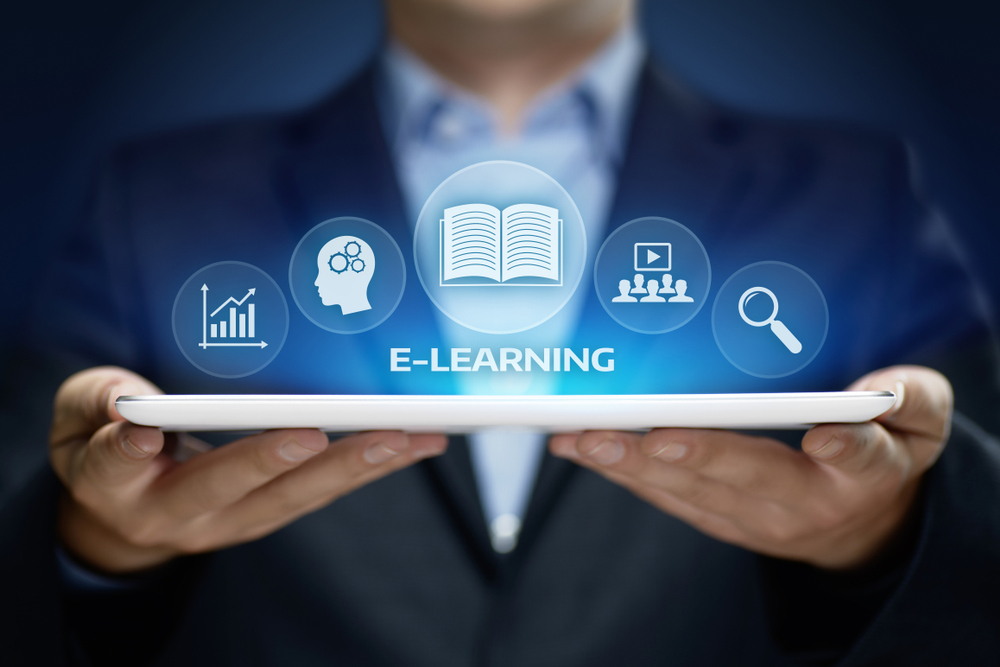
In today’s fast-paced, technology-driven world, education is undergoing a profound transformation. E-learning, or electronic learning, has emerged as a pivotal force in this revolution, reshaping how knowledge is delivered and acquired. From its inception to its widespread adoption during the COVID-19 pandemic, e-learning has proven E-learning to be a flexible, accessible, and effective mode of education. This article explores the evolution, benefits, challenges, and future prospects of e-learning.
The Evolution of E-Learning
E-learning has its roots in the mid-20th century with early forms of computer-based learning. However, it truly began to take shape with the rise of the internet in the late 1990s and early 2000s. The development of Learning Management Systems (LMS) allowed educational institutions and businesses to create, deliver, and manage online courses efficiently.
The real turning point for e-learning came with the advent of Massive Open Online Courses (MOOCs) in the early 2010s. Platforms like Coursera, edX, and Udacity democratized education by offering free and affordable courses from top universities to a global audience. This movement significantly expanded access to quality education, making it possible for anyone with an internet connection to learn from the world’s leading experts.
Benefits of E-Learning
Accessibility and Flexibility
One of the most significant advantages of e-learning is its unparalleled accessibility. Students can access course materials and complete assignments from anywhere in the world, at any time. This flexibility is especially beneficial for working professionals, parents, and individuals with disabilities, allowing them to balance their studies with other responsibilities.
Personalized Learning
E-learning platforms often use adaptive learning technologies to tailor educational content to individual students’ needs. This personalized approach enables learners to progress at their own pace, focusing on areas where they need improvement while moving quickly through topics they already understand.
Cost-Effectiveness
E-learning is generally more cost-effective than traditional classroom-based education. It eliminates the need for physical infrastructure, such as classrooms and printed materials, reducing costs for both institutions and students. Additionally, many online courses are offered for free or at a fraction of the cost of traditional education.
Diverse Learning Resources
E-learning platforms provide a rich array of multimedia resources, including videos, interactive simulations, and gamified content. These diverse materials cater to different learning styles and make learning more engaging and effective.
Challenges of E-Learning
Digital Divide
Despite its many advantages, e-learning is not without challenges. The digital divide remains a significant issue, as not all students have access to reliable internet connections or digital devices. This disparity can limit the reach of e-learning and exacerbate existing inequalities in education.
Limited Social Interaction
Traditional classroom settings foster social interaction and collaborative learning, which can be limited in an online environment. The lack of face-to-face interaction can lead to feelings of isolation and reduce opportunities for students to develop important social and teamwork skills.
Quality and Credibility
With the rapid growth of e-learning, ensuring the quality and credibility of online courses is crucial. Not all e-learning programs maintain high standards, and there is a risk of students enrolling in courses that do not provide valuable or recognized credentials.
The Future of E-Learning
The future of e-learning looks promising, with continuous technological advancements poised to address many of its current challenges. Artificial intelligence (AI) and machine learning are expected to further enhance personalized learning experiences, making them even more adaptive and responsive to individual needs.
Virtual and augmented reality (VR/AR) technologies have the potential to create immersive and interactive learning environments, simulating real-world experiences and making complex concepts easier to understand. Additionally, blockchain technology can secure digital credentials, ensuring the credibility and recognition of online certifications.
Efforts to improve internet infrastructure and provide affordable digital devices are essential to bridging the digital divide. Governments, educational institutions, and private organizations must collaborate to ensure that all students have access to the tools they need for e-learning.
In conclusion, e-learning has revolutionized education, making it more accessible, flexible, and personalized. While challenges remain, ongoing technological innovations and concerted efforts to address these issues will shape a more inclusive and effective future for e-learning. As we continue to navigate the digital age, e-learning stands as a testament to the transformative power of technology in education.
4o